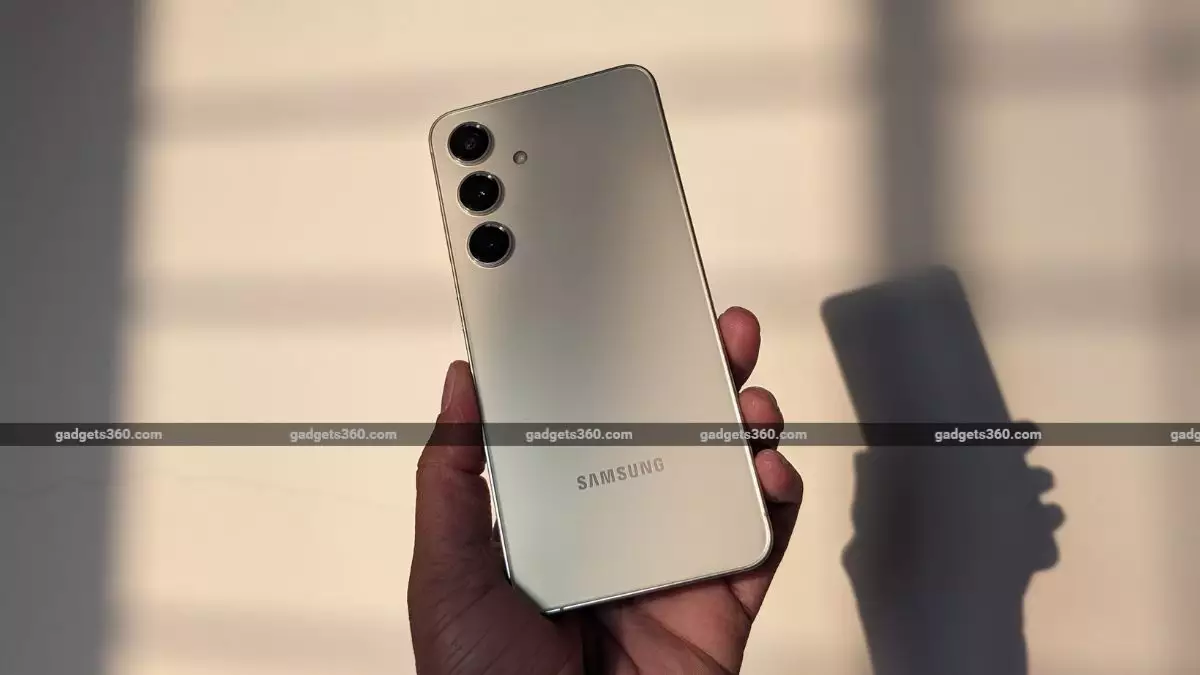In the competitive world of mobile technology, companies are continuously seeking innovative ways to attract consumers. Recently, it has come to light that industry leaders Apple and Samsung are planning to release ‘slim’ variants of their upcoming flagship smartphones, the iPhone 17 Air and Samsung Galaxy S25 Slim. This trend suggests a significant shift towards ultra-thin designs that some consumers may find appealing, while others may question the practicality of such devices. The allure of sleek profiles is undeniable, but thinner devices often come with trade-offs that can impact functionality.
A concern surrounding the new slim models is their anticipated battery capacities. The iPhone 17 Air and Samsung Galaxy S25 Slim are expected to feature batteries in the 3,000-4,000mAh range – a noticeable reduction compared to their flagship counterparts. This limitation raises questions regarding battery performance and longevity. The strategy appears to prioritize aesthetics over utility, as thinner smartphones may struggle to maintain competitive screen-on times, putting additional strain on users who rely heavily on their devices throughout the day.
Interestingly, while Apple and Samsung are focusing on a minimalist approach, Chinese smartphone manufacturers are on the rise with alternatives that boast larger battery capacities of about 5,000mAh. These manufacturers are leveraging advanced Silicon-Carbon technology, which enhances energy density, allowing them to provide more power without compromising form. This innovative technology places regional OEMs in a powerful position, as they can offer both sleek designs and substantial battery life, potentially outpacing the offerings from global giants who are yet to adapt similar technologies.
Delving deeper into the specifics of the expected designs, the iPhone 17 Air is rumored to be as thin as 5.5mm, potentially making it the lightest iPhone in history. To achieve this slim profile, Apple is reportedly removing the physical SIM card slot, opting exclusively for eSIM technology. While the focus on a 6.6-inch OLED display with 120Hz ProMotion technology and Apple’s innovative Dynamic Island may excite fans, the implications of removing traditional features raise concerns about accessibility and convenience for users.
On the Samsung front, the Galaxy S25 Slim, identified by the model number SM-S937x/DS, is expected to step up with a similarly impressive 6.66-inch display. The device reportedly includes a robust camera setup featuring a 200-megapixel primary lens and additional 50-megapixel ultra-wide and telephoto lenses. These specifications may attract photography enthusiasts, but it remains to be seen if the reduced battery capacity can adequately support intensive features like high-resolution photography and video recording.
As the launch dates for these devices draw near, consumers will undoubtedly face a choice between sleek design and practical functionality. The introduction of the iPhone 17 Air and Samsung Galaxy S25 Slim highlights a critical question in the tech industry: is there a perfect balance between aesthetics and utility? With competing brands focusing on larger battery capacities and innovative technologies, Apple and Samsung may need to re-evaluate their strategies to ensure that their endeavor to create ultra-thin devices does not sacrifice the user experience.

